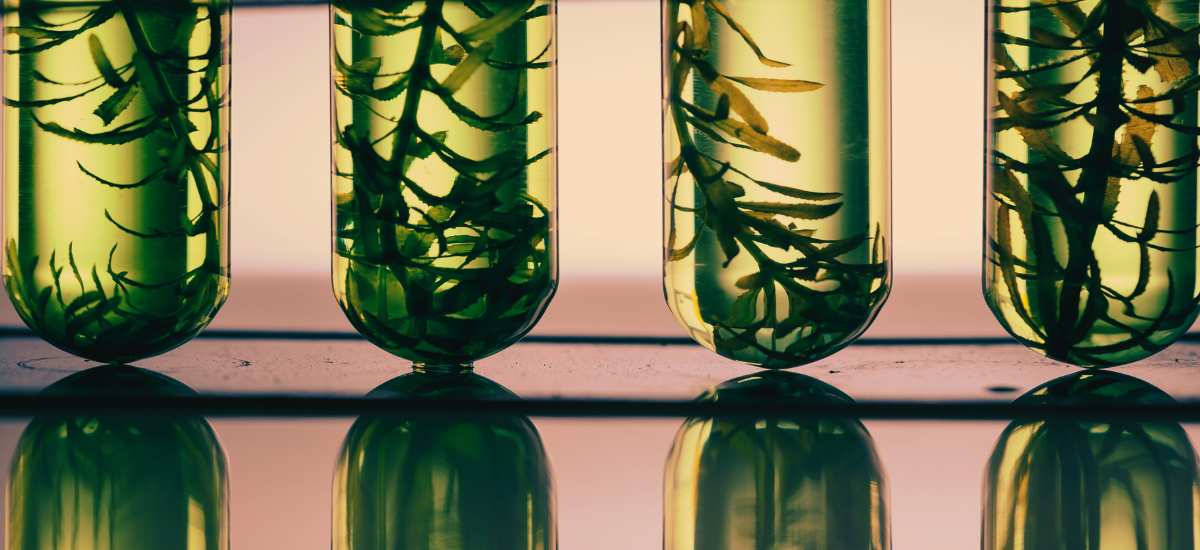With ever-increasing discussions on the impacts that we are having on the environment, how do suppliers ensure that the products that they produce don’t add to the problem? We will be posing this very question while discussing how the choice of technologies used within these very systems can help to move towards safeguarding our future.
Given that we live in a world where the scope to use resources is limited by climate change, it is important for us to minimise the effects of water purification on the environment. Some of these effects have recently been discussed in a number of events and webinars; however, these have failed to include an overview and to tackle a number of important aspects of the issue.
Potential environmental impacts arise in all areas of pure water delivery: the production, testing and transport of a new purification system and the entire life-cycle of its use and disposal, including servicing and consumables. Water purification system design and the choice of technologies and components play key roles in limiting the environmental impact of a system.
%20(1).png?width=1024&height=512&name=ELGA_EN_FILE_BACKGROUND%20-%20STEPS%20TO%20IMPROVE%20SUSTAINABILITY%20PRACTICES%20IN%20YOUR%20LAB_03_2024%20v4%20(1)%20(1).png)
The key and largest impacts on the environment are placed by total energy consumption, expressed as carbon footprint, water usage and component composition and disposal/reuse. However, reductions of environmental impacts can be affected by the corporate ethos of the system manufacturer.
Environmental Innovation
Veolia is an organisation linked closely with resolving environmental issues and it works to increase employee awareness and involvement. For example, a recent employee-orientated campaign “Together, committed to the environment” has been launched. In practical terms, such initiatives can lead to significant environmental and, in the mid-to-long term, financial savings.
Examples include the use of spin-welding and ultrasonic welding rather than hot-plate welding to seal together the sections of water purification cartridges and the recycling of water used in testing new units. The former has led to significantly lower energy usage and also saved time and increased reliability, making further energy savings, while the latter has saved considerable volumes of water without any loss in effectiveness of testing.
Carbon Footprint brochure
To provide a comprehensive understanding of our efforts to minimize environmental impacts, we have developed a detailed Carbon Footprint Brochure. This brochure outlines the steps we take to measure, reduce, and manage the carbon footprint of our products throughout their lifecycle. It includes:
- Carbon Footprint assessment: A thorough evaluation of the carbon emissions associated with each product, considering factors like water usage, consumables, accessories, product delivery, number of services required, and transport mode.
- Comparative analysis: Tools to compare the environmental impact of different products, helping customers choose the most sustainable options.
Click HERE to download the brochure. By understanding the carbon footprint of our products, we can identify areas for improvement and work towards more sustainable practices. This brochure serves as a guide for our customers to make informed decisions and contribute to a greener future.
Production and Distribution of Water Purification Systems
In manufacturing and production, the choice and types of component used and their suppliers, and the use of energy-efficient and/or water-efficient techniques all lead to reduced environmental impact directly, and to reduced service call-outs through increased product reliability. In addition, the following factors are also taken into consideration: localized distribution centres, lower carbon sea rather than air transport and reduced product packaging.
Operational Aspects
The purification technologies selected will have a major impact on water and power usage throughout the life of a product. Each consumable will have a carbon footprint and there will also be a footprint for any service visits. Overall the objective is to maximise the lifetime of components and the reliability of the system, hence to minimize service visits. Other operational aspects include the reduction of power usage by 5% per product and reducing the product waste water by 12% per unit.
Purification Technologies
In manufacturing and production, the choice and types of component used and their suppliers, and the use of energy-efficient and/or water-efficient techniques all lead to reduced environmental impact directly, and to reduced service call-outs through increased product reliability. In addition, the following factors are also taken into consideration: localized distribution centres, lower carbon sea rather than air transport and reduced product packaging.
|
Reverse Osmosis Vs Distillation The choice of technology to remove the great majority of impurities in the feed water lies between distillation and reverse osmosis (RO). In environmental (and economic) terms, distillation requires far more energy. For example, producing 1 litre of distilled water typically requires 1.65kW of power and about 9 litres of cooling water ; in comparison, producing 1 litre of RO permeate requires less than 0.1 kW and less than 5 litres of water. The waste water from RO is cold and similar to the feed water and could be used in various grey water roles. ELGA uses only reverse osmosis in its water systems due to the energy costs of distillation and its limited purification capabilities. |
Dissolved Carbon Dioxide Dissolved carbon dioxide is a common contaminant of hard feed waters that is not removed by RO. Its presence will seriously reduce purification pack lifetimes. It is effectively reduced to low levels by degassing the RO permeate, with significant benefits environmentally. Degassing also reduces the load on water purifiers using electro-deionization (EDI) systems and enables them to be used effectively with a much wider range of feed-waters. EDI deionizers have a relatively high carbon footprint to manufacture but reduce subsequent cartridge change frequency significantly. |
|
Optimisation of RO Optimum operation of RO systems minimises the frequency of changing subsequent purification consumables, notably the purification packs. For this reason, simply minimising water rejection in RO can be counter-productive environmentally in the long term. |
Optimisation of ion-exchange Good design ensures that, as far as possible, each purification step is run optimally to minimise, for example, the change out of filters and UV lamps. With ion exchange, a twin-bed approach with intermediate resistivity monitoring maximises the use of active media. |
There are significant environmental impacts from the manufacture and use of water purification systems. The possible effects on the environment need to be built into corporate thinking to be really effectively tackled. Establishing carbon footprints is an important step. Water purification system design and the choice of technologies and components to use clearly play key roles in limiting the environmental impact of a system in manufacture and routine running costs and servicing. Enhancements, such as intermediate resistivity monitoring and degassing, which optimise the lifetimes of components will minimise the environmental impact of both the production and transport of consumables and service visits. Of specific techniques, RO offers significant energy savings over distillation. Practical difficulties limit the value of recycling at this time.
Ready to enhance your lab’s water sustainability? Contact us today to learn more about Veolia’s advanced water purification systems and request a consultation.



